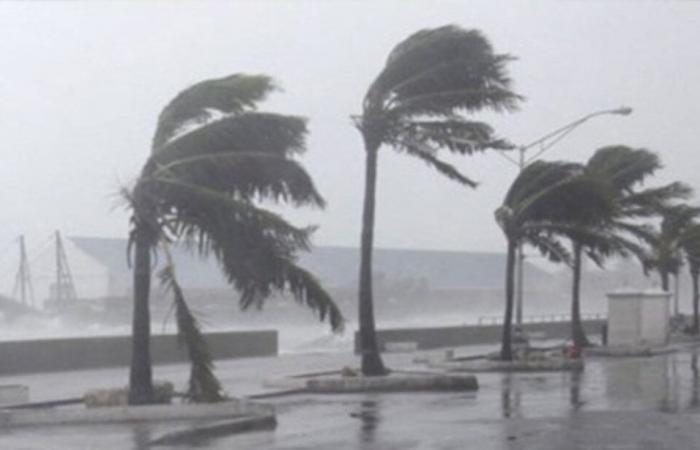Only a few weeks before the rainy season, anxiety already wins certain populations, especially those which undergo the thoroughness of recurring floods, which sometimes cause considerable damage. For wintering 2025, the country could face more abundant rains than usual, accompanied by extreme phenomena throughout the national territory.
The alert was given by Diabel Ndiaye, head of the climatological service at the National Agency for Civil Aviation and Meteorology (Anacim), which was expressed on the upcoming rainfall forecasts. In an interview relayed by the observer, the expert said that “we can actually expect heavy rains this year, especially during the second half of wintering”. He recalls that the country is now evolving in a context of climate change, marked by global warming of the oceans and temperatures, which increases weather risks. “In this context, we are not immune to extreme events throughout the national territory,” he insisted.
Diabel Ndiaye specifies that the start of the rainy season will be shy and late in the southern part and on the western facade of the country, while it should be earlier in the center and the north. According to information collected by the observer, the first rains may not be enough to fill the initial water deficit, especially in southern areas. The head of the climatological service indeed indicates a slightly deficit start to the season in these regions, while the rest of the country could experience a normal rainfall diet. However, he warned, in the heart of wintering, we will probably observe an excess situation on the eastern facade of the country, and normal levels on other areas.
-However, he insists on an important shade: “Normal does not mean absence of extreme events. This is why, according to the observer, the attention of meteorological services will be particularly supported during the August-September period, when the risks of floods and climate disturbances are the highest. Diabel Ndiaye says that it is possible to observe, during this critical period, intense events, especially on the western facade and in certain localities of the center. However, it remains cautious and stresses that precise locations cannot be determined at this stage.
“These are plausible risks to monitor during the second half of the wintering, but the short and medium term forecasts will allow us to identify them with more precision,” he reassures. He adds that the alert systems implemented will allow, if necessary, to inform the populations concerned in time. Also according to the observer, the authorities are preparing to strengthen the dissemination of alerts in collaboration with local communities and civil protection services.
Finally, Diabel Ndiaye stresses that regular updates on the rainfall situation will be published as the season is advancing. In this regard, the observer informs that a technical workshop for updating forecasts will be held on May 15, bringing together climatologists, meteorologists and risk management experts to adjust seasonal prospects. Diabel Ndiaye specifies that it will not only be a question of assessing the accumulations of rain, but also of determining the intensity of storm episodes, as well as their frequency. These elements will make it possible to adapt the alert devices, in order to better protect populations in the face of the consequences of climate change.








